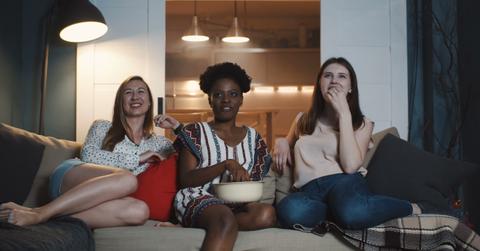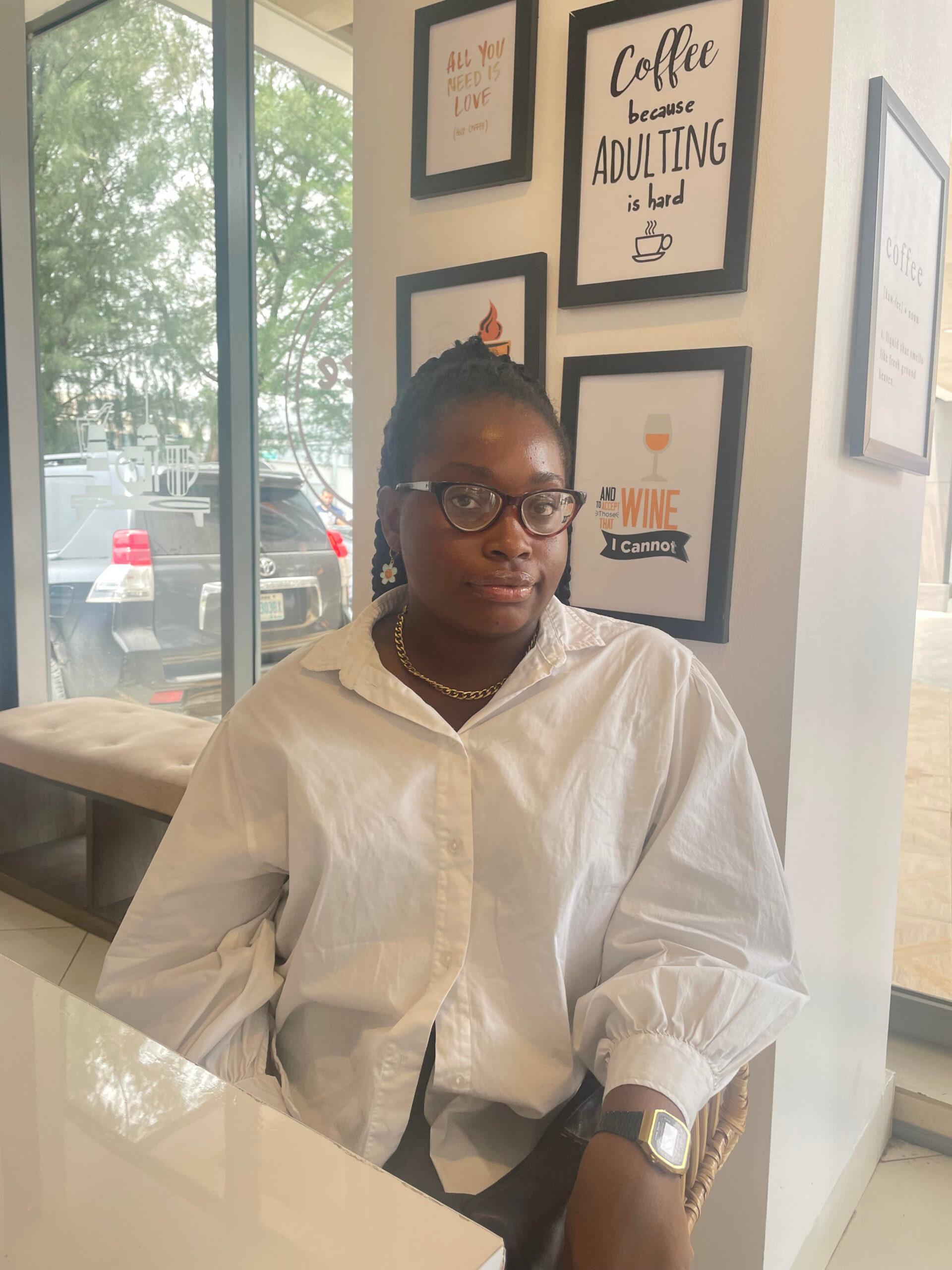The Power Of On-Screen Representation: 8 Neurodiverse Women TV Characters

Judy Singer coined the term neurodiversity to mean that no two brains are exactly the same, encompassing both neurodivergent and neurotypical people. Kassiane Asasumasu piggybacked off this to define neurodivergence, people whose brain functions differ from what is considered neurotypical. It encompasses multiple conditions such as autism spectrum disorder (ASD), attention-deficit/hyperactivity disorder (ADHD), dyslexia, and others. Television shows build varied characters for their audience, and this representation has powerful implications for how people see themselves and see members of their community.
From established shows, these characters are a must-watch.

Dr. Melissa King – ‘The Pitt’
On Max’s hospital drama “The Pitt,” Dr. Melissa King, played by Taylor Dearden, is an emergency doctor. She’s socially awkward and finds it hard to recognize jokes and subtle cues. She is a highly sensitive person who has an overwhelming emotional response to what her patients are going through. She’s shown dealing with this by reciting lyrics to Megan Thee Stallion’s Savage or using a lava lamp app to regulate her emotions.
“Recognizing that something’s hard for anyone and then being able to overcome it if you are neurodivergent, like, hopefully, that should just make it even sweeter,” Dearden told NPR.
Rue Bennett – ‘Euphoria’
In HBO’s “Euphoria,” Rue Bennett, played by Zendaya, said, “I don’t remember much between the ages of 8 and 12, just that the world moved fast and my brain moved slow.”
In the show, she was diagnosed with obsessive-compulsive disorder (OCD) and attention-deficit/hyperactivity disorder (ADHD). This led to an inability to focus and persistent anxiety attacks. To cope, Rue turned to substance use.
Monica Geller – ‘Friends’
Monica Geller is a character in the 1990s show Friends. Played by Courteney Cox, she portrayed a form of undiagnosed obsessive-compulsive disorder (OCD). Her need for order and cleanliness, and her extreme reactions when things are out of place. In a few episodes, she’s compelled to clean up other people’s apartments or properties as a result of the thought of the messiness keeping her up.
Dr Christina Yang – ‘Grey’s Anatomy’
Christina Yang is a character in the long-standing show, Grey’s Anatomy. She was played by actress Sandra Oh and is canonically portrayed as having dyslexia and PTSD (Post-Traumatic Stress Disorder). Christina grew from a surgical resident to a cardiothoracic surgeon and was known for her drive, passion and logical nature. Her dyslexia is mentioned in passing, while her PTSD was a storyline that showed her evolve from fear to bravery.

Cece Jones – “Shake It Up”
Cece Jones is one of the main protagonists of the early 2000s show Shake It Up. Played by Bella Thorne, she is a high school student and dancer on a television show. Cece is the more outgoing, fiery one who always pushes her friend Rocky to try new things. In an episode, it is revealed that Cece has dyslexia. This was inspired by Bella Thorne’s struggles with dyslexia, and is a good introduction of neurodivergence to children and teenagers.
Quinn Gallagher-Jones – ‘Heartbreak High’
Quinni Gallagher-Jones, played by autistic actress Chloé Hayden, is a character in Netflix’s running show Heartbreak High. Quinni balances thoughtful friendship with sensory sensitivity, rigid planning routines, and the emotional complexity of masking. Her relationships offer a nuanced portrayal of how autistic traits shape, but don’t define, her experiences.
Dr. Temperance ‘Bones’ Brennan – ‘Bones’
On the mid-2000s show “Bones,”Dr. Temperance “Bones” Brennan, played by Emily Deschanel, is a forensic anthropologist. She collaborates with the Federal Bureau of Investigation to solve crime investigations. Although not stated explicitly, she was created to have Autism Spectrum Disorder. She is a literal thinker who often struggles to understand sarcasm and implied meanings, relying instead on logic to navigate situations. She appears awkward and anxious, often responding to emotional situations with blunt statements that can seem insensitive.
Amy Farrah Fowler – ‘Big Bang Theory’
Amy Farrah Fowler from “The Big Bang Theory,” played by Mayim Bialik, is another character who reflects traits often associated with autism. She takes things literally and struggles with social cues. Forming connections doesn’t come naturally to her, and her social awkwardness is a recurring theme on the show. Amy’s character grows over time by learning to navigate the social world in her own way.






